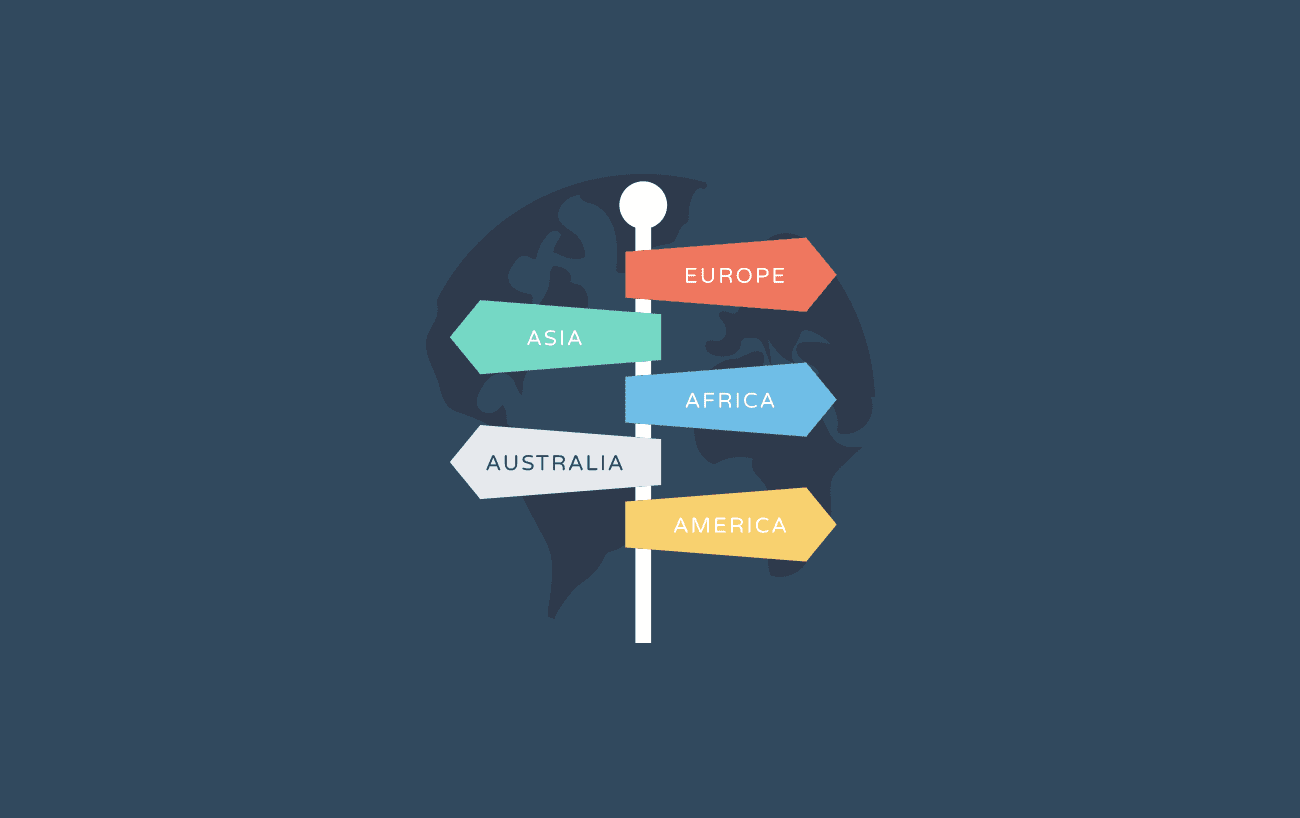Motivating a distributor to work hard to sell your products is difficult; it takes time and effort by both sides. However, what most life science suppliers don’t realise is that the agreement they sign with a distributor can set the whole tone of a relationship.
In this article we will discuss the three main types of distribution agreements that biotech suppliers can use; exclusive, non-exclusive and sole. I will use this article to explain the differences between each, and in the conclusion discuss when each should be implemented for maximum effect.
Exclusive Distribution Agreements
An exclusive agreement is where a supplier agrees to work with only one distributor in a particular territory and must pass all leads it receives to the distributor. In return the supplier can set the distributor a sales target and expect the distributor to undertake a number of its own initiatives to grow sales on the supplier’s behalf.
Advantages of Exclusive Distribution Agreements
- For the supplier:
- If the supplier has sales data in the territory it can state in the agreement a minimum purchase amount
- The supplier will prevent a “race to the bottom” where the distributors get into a price war and eventually lose all motivation to sell the supplier’s products
- The supplier will have less distributors to manage
- One distributor for each country is clearer for your customers
- For the distributor:
- The distributor is able to invest significant resources to promote the supplier’s products safe in the knowledge that everything it does will result in sales for itself.
- The distributor knows that the supplier is fully supporting it by passing any direct leads it obtains
- Non-exclusive and sole agreements do not provide this
Disadvantages of Exclusive Distribution Agreements
- For the Supplier:
- Exclusive agreements prevent the supplier from selling direct in a territory
- This can sometimes be difficult when the supplier has generated an order through its own efforts
- An exclusive agreement is often for a minimum of a year – a lot can change to both companies in this period which could have a negative effect on sales
- For the Distributor:
- The performance or support from the supplier may change over time which can affect sales – which is difficult when agreeing a sales target
Non-Exclusive Distribution Agreements
Non-exclusive agreements are where a supplier works with more than one distributor in a territory.
Advantages of non-exclusive distribution agreements
- For the Supplier:
- Increased exposure: more distributors should expose the supplier and products to more customers. Distributors in the same country are likely to have different strengths and different target markets
- Price: having more distributors will mean that your products remain price competitive
- Large geography: it may be better to have a number of distributors in large territories such as the USA or China
- SEO: the PageRank of your website will increase with more websites linking back to your own website which in turn can increase the ranking of individual products in Google
- For the Distributor
- Low risk: no sales targets
- Competition: if a distributor knows they have advantages over its competition non-exclusive agreements allow them to show this to a supplier. This opens up the opportunity for an exclusive agreement in due course
Disadvantages of non-exclusive distribution agreements
- For the Supplier:
- Competition: more distributors may open up new markets but in the main they are likely to be speaking to the same customers and could get into a price war. This could result in your distributors only selling on a reactive basis and not investing time and money to promote them to new potential customers
- For the Distributor
- As above: distributors realise that end users tend to be very price sensitive for life science products and so spend a lot of time reviewing the competition. Lower profits and no guarantee that they will get the business means less time spent on the supplier.
Sole Distribution Agreements
A sole distribution agreement allows a supplier to sell direct into a market whilst only having one distributor.
Advantages of Sole Distribution Agreements
- For the Supplier
- The supplier can sell direct to industry when they are approached directly, allowing the supplier to give low pricing without giving margin away to the distributor too
- The supplier can set sales targets
- For the Distributor
- The distributor knows it is the only company in the territory and so can invest in marketing and selling your products
Disadvantages of Sole Distribution Agreements
- For the Supplier
- As with exclusive agreements a lot can change over time
- For the Distributor:
- As above – there is always a certain amount of risk agreeing to a sales target
Summary
In some countries like China and the USA the sheer size of the territory means that it is probably worth having more than one distributor to sell your products. These distributors should be located in different geographic areas so they are not competing directly.
On the other hand, there are other countries you will never get real investment by the distributor until they have exclusivity. Our recommendation to suppliers that have not sold in territories like these before are as follows:
- Be open with distributors that you approach that you would like to work with two distributors in the territory for one year and that you will move to a sole distribution agreement after that period with the company that you thought was the best (this may not be purely down to sales – it could be their communication to your customers, quality of service or more)
- Once you have worked with a single distributor for a further year, open discussions up about exclusivity – let the distributor know how much you are doing direct and get them to agree on a sales target that is a significant percentage above the total sales for that territory.
- Larger suppliers should be looking to work with one distributor for these territories – either through sole or exclusive agreements
If you would like to find out the best distributor for your products in a specific country or the key clauses that you should include in each of the distribution agreements above please contact us at info@pivotalscientific.com.




